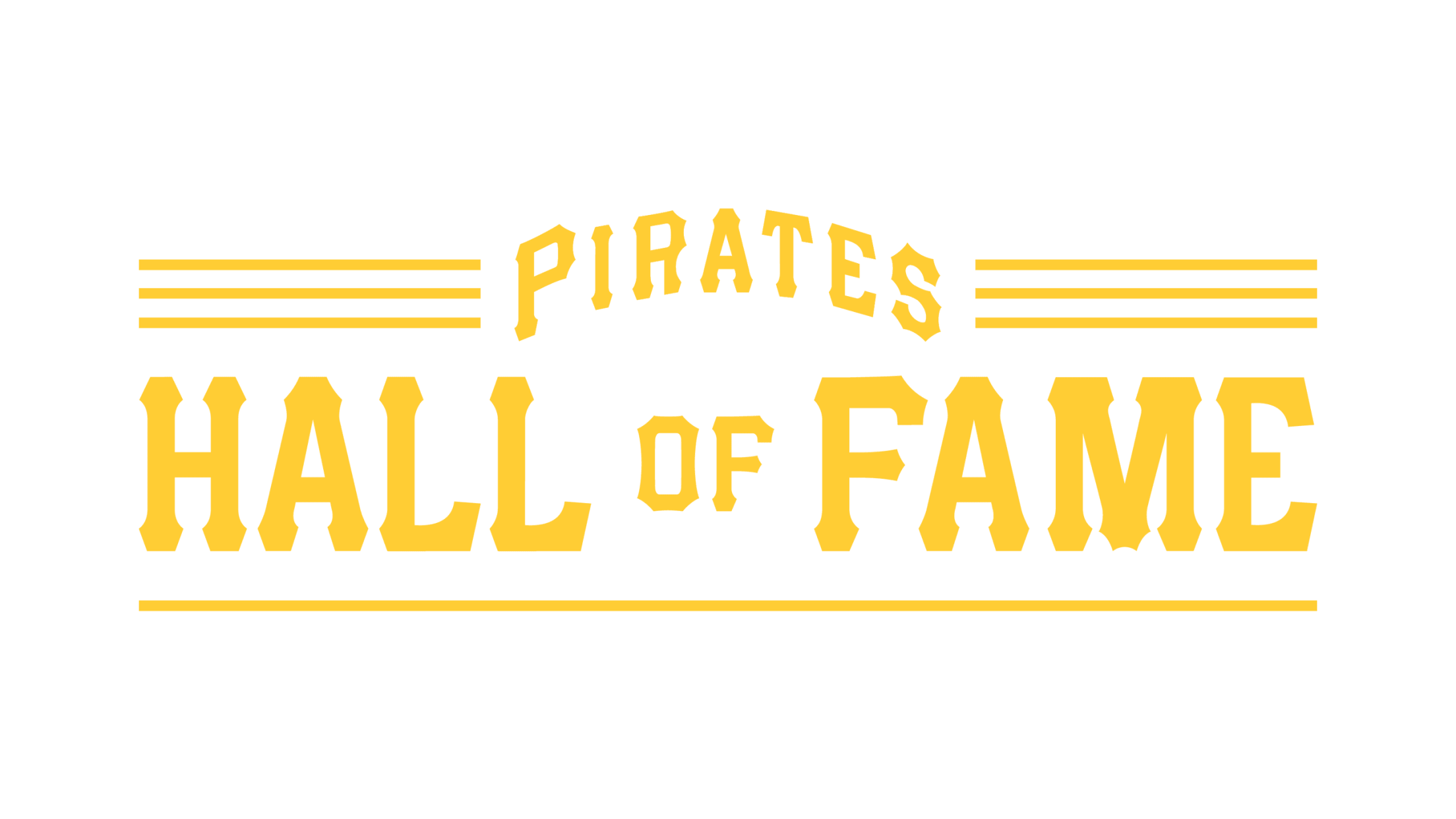LONG LIVE THEIR LEGACY
A presentation honoring Negro League Baseball
In honor of Negro League Baseball, the Pirates are proud to present "Long Live Their Legacy" video series.
This video series is designed to help educate young people about the history of Negro League baseball, its ties to Pittsburgh and the significant influence it has had - and still has - on the current game of baseball.
Pittsburgh was a hub for Negro League baseball during the first half of the 20th century and was the only city in the country to host two Negro League teams - the Homestead Grays and Pittsburgh Crawfords. Those teams were two of the most historic Negro League teams of all time and featured stars such as Josh Gibson, Leroy Robert "Satchel" Paige, James Thomas "Cool Papa" Bell and Buck Leonard.
Coaches, teachers and community leaders are encouraged to share the “Long Live Their Legacy” video series with the youth the work with to help ensure the next generation understands the legacy of the Negro Leagues.
- The Color Line of BaseballFebruary 1, 2022 (02:00)
- Birth of Negro League BaseballFebruary 1, 2022 (03:13)
- Crossroads of Negro League B-ballFebruary 1, 2022 (01:55)
- We Shall OvercomeFebruary 1, 2022 (03:43)
PITTSBURGH'S NEGRO LEAGUE BASEBALL HISTORY
The color line in baseball was drawn in 1887 when African Americans were banned from playing on white teams in the International League. It was 33 years later before disenfranchised black baseball players had a league of their own. Andrew "Rube" Foster, a talented player and visionary who believed that only through organization could Black baseball reach its full potential, formed the Negro National League in 1920.
Created out of adversity, Negro Leagues baseball became the second largest Black business in the nation, second only to Black insurance companies.
Two of the most successful teams to play in the Negro Leagues, the Homestead Grays and the Pittsburgh Crawfords, had their beginnings on the sandlots and playgrounds in the Pittsburgh area.
The Homestead Grays played as independents for much of their early history, with great success. Located first in a small steel town outside of Pittsburgh, the Grays dominated the Eastern baseball scene. They were led by future Hall of Famers Josh Gibson (catcher), "Cool" Papa Bell (outfield), Judy Johnson (third base), Buck Leonard (first base) and Cuban great Martin Dihigo (second base, pitcher, outfielder). Their ace pitcher was "Smokey" Joe Williams, who once struck out 27 batters in a 12-inning game. The Grays spent some of their most successful years, from 1934 through 1948, in the newly reorganized Negro National League. During this time, the Grays won nine consecutive Negro National League pennants, 1939-45, and a tenth in 1948. During World War II, the Grays played their home games at both Forbes Field (Pittsburgh) and Griffith Stadium (Washington, D.C.) when the white Major League clubs were on the road. The Grays traditionally outdrew their white counterparts, the cellar-dwelling Washington Senators.
The Pittsburgh Crawfords also spent their earliest years (1931-32) as independents. The Crawfords joined the newly reorganized Negro National League in 1933 and were immediately recognized as a leading team in the league. Originally, the team was composed of amateurs from the sandlots of the city's Hill district. The Crawfords won the 1935 and 1936 season pennants, and the 1935 club is regarded by many as the greatest Black baseball team of all time, with five future Hall of Famers: James "Cool Papa" Bell, Oscar Charleston, Josh Gibson, Judy Johnson and the legendary Satchel Paige.
In Pittsburgh, the Crawfords and the Grays were a source of great pride that offered a cultural counterpoint to the limitations encountered by blacks in the workplace, in society and in politics.
When Jackie Robinson broke the Major League color barrier in 1947, Pittsburgh witnessed the transformation of both the game of baseball and people's perception of a segment of the population unjustly treated as second-class citizens and third-rate ballplayers.
The Pittsburgh Pirates signed their first Black player, Curt Roberts, on April 19, 1954, and on September 1, 1971, the team brought about one of the most significant milestones in the racial history of Major League Baseball when they fielded the first all-Black lineup.
NEGRO LEAGUE PLAYERS INDUCTED INTO PIRATES HALL OF FAME
In 2022, the Pirates unveiled their inaugural Hall of Fame class, which included prominent players from the Negro Leagues. Josh Gibson (Crawfords and Grays), Oscar Charleston (Crawfords and Grays), Ray Brown (Grays), and Buck Leonard (Grays), were all immortalized in Pirates history, and all four are also members of the National Baseball Hall of Fame in Cooperstown, NY. As part of the ceremony, the organization “signed” Gibson, Charleston, Leonard and Brown to contracts. Signing the deals on behalf of Gibson and Leonard were Sean Gibson (great-grandson) and Rose Fox-Hunter (step-daughter), respectively.







